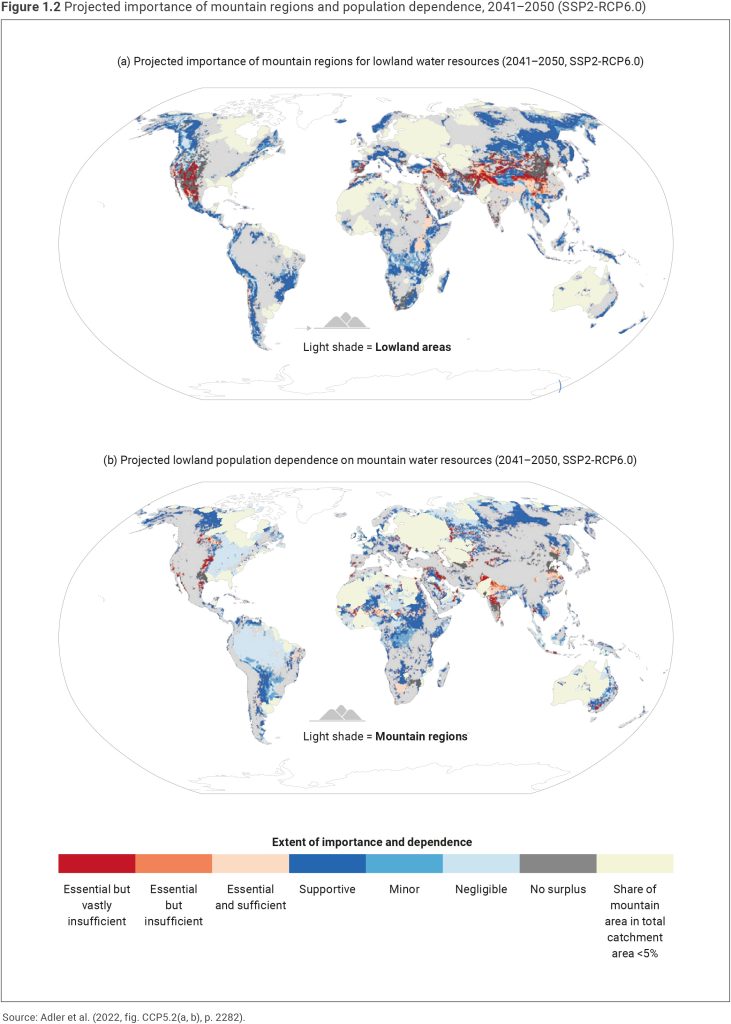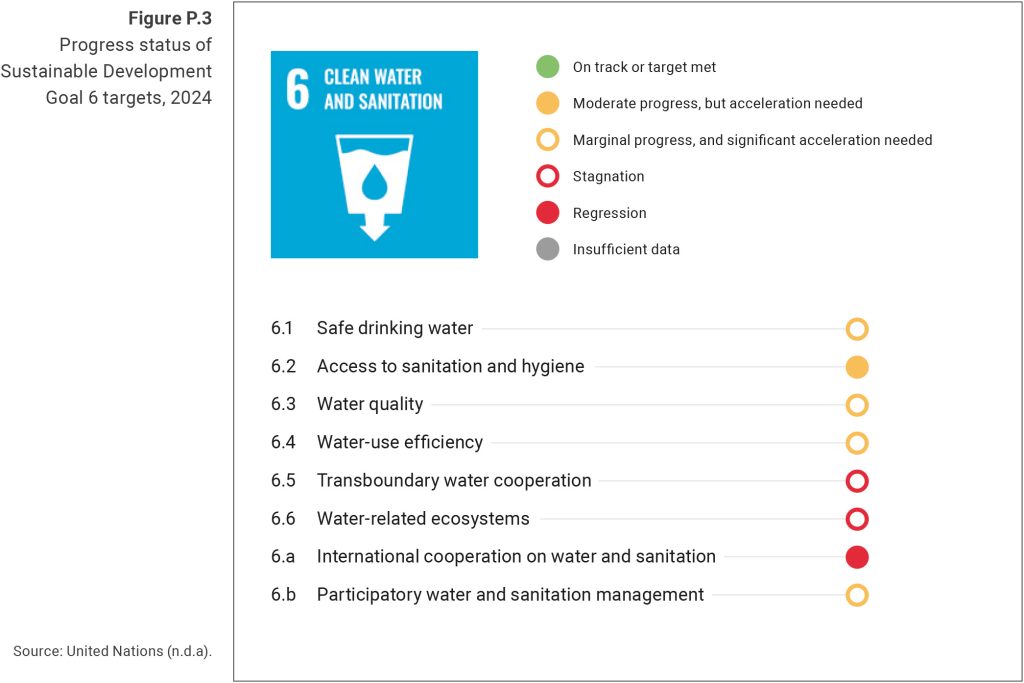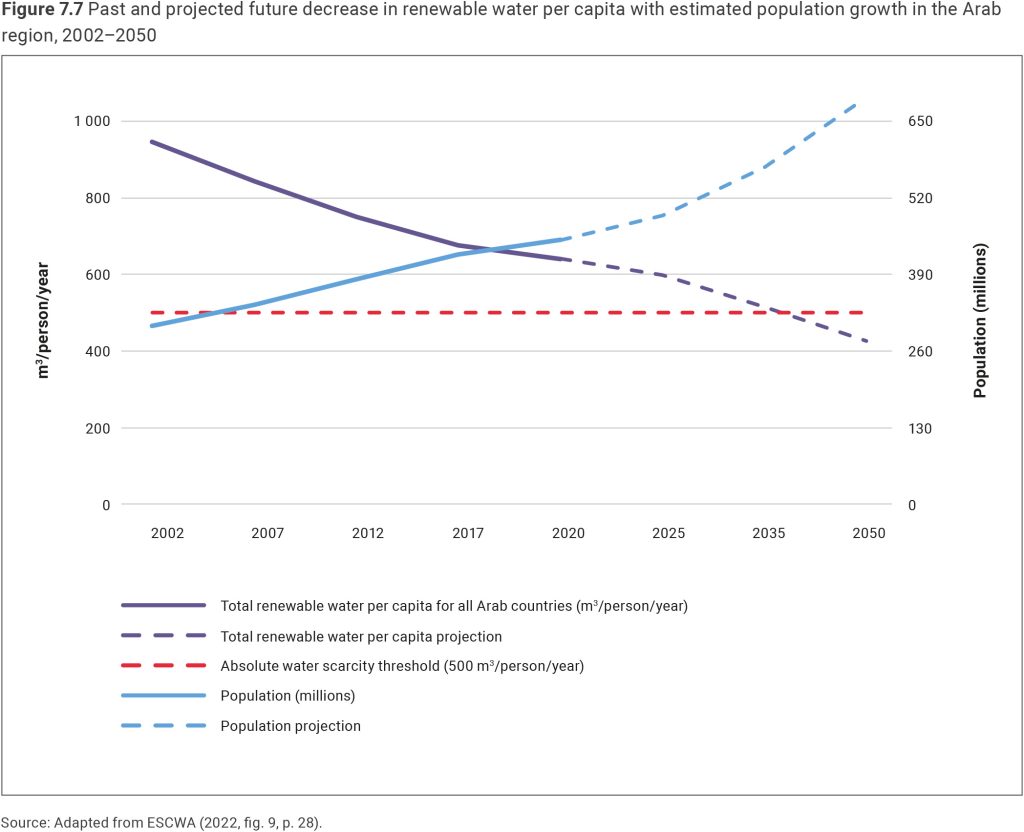Happy (belated) World Water Day 2025!
2025’s World Water Day is devoted to mountains and glaciers and is accompanied by the usual United Nations World Water Development Report [1].
This year’s report, Mountains and Glaciers: Water Towers, focusses on the water in mountainous regions and associated issues such as agriculture, economy, human settlements, governance and so on. The report is the latest in an annual series of topic-focussed UN Water reports issued since 2014 [2] and follows the general structure of the previous reports. An ongoing analogy in the 2025 report is that mountains resemble water towers for the planet in the services they deliver.
This blog will provide an overview of the report, but I urge you to download and read the PDF yourself. A nice feature of the PDF is that it is properly bookmarked so that one can click around the report to find areas of particular interest. The chapter headings are listed below followed by some snippets I found interesting, but there is far more to the 174-page report than the snippets!
The title of this blog post is drawn from the report’s Coda section – it seems like a great title summarising the importance of the report.
Report chapter headings (selected)
Executive Summary
Prologue
- Introduction
- Changes in the cryosphere and impacts on water
- Food and agriculture
- Human settlements and disaster risk reduction
- Industry and energy
- Environment
- Regional perspectives
- Knowledge- and capacity-building
- Governance and finance
Conclusions
Quotes from the report


- Mountains provide 55–60% of the world’s annual freshwater flows (p.150).
- Mountains are home to over 1.1 billion people, or 15% of the world’s population. A further 2 billion people downstream depend on these natural reservoirs for freshwater resources from melting glaciers (p. x). This water supply and the associated dependencies is captured in Figure 1 below.
- Over the period 2000–2021, global freshwater withdrawals increased by 14% (p.1).
- Progress towards SDG 6: Ensure access to water and sanitation for all targets is on track – some severely (p. 1). See Figure 2 graphic below.
- Mountain hazards, such as flash floods, debris flows, glacial lake outburst floods [GLOFs], landslides and avalanches, and the ensuing risks to societies, are expected to increase due to climate change, causing severe damage and disruption to people, communities and infrastructure (p. 24). The risk of GLOFs occurring in the Hindu Kush Himalaya region has been predicted to triple by the end of the century (p. 106).
- Most mountain glaciers around the world are thinning rapidly … will continue to shrink regardless of reductions in greenhouse gas emissions (p. 30).
- Since the mid-19th century, Colombia has lost 90% of its glacial area (p. 102).
- In Peru, the cost of glacier shrinkage for the energy sector has been estimated at US$740 million annually, with an overall reduction of 11–15% in electricity production (Vergara et al., 2007) (p. 146).
- In the Bow River basin in Canada (home to 2 million people), snow-melt … accounts for 60–80% of available flow (Fang and Pomeroy, 2023) (p. 32).
- There is strong evidence that peak water [i.e. additional flow from retreating glaciers] has already passed in the glacier-fed rivers of the Tropical Andes, western Canada and the Swiss Alps (Hock et al., 2019) (p. 48).
- The importation of virtual water – meaning the flow of water hidden in the exchange of products and materials – is a significant factor of production for mountain industry (p. 67).
- In general, water quality data is particularly scarce for mountain water bodies …, despite pollution being widespread in mountain areas (p. 83).
- With the projected population growth, the entire Arab region will be below the absolute water scarcity threshold by 2050 (p. 111). See Figure 3 below for the regional projection of water scarcity.
- Validity concerns are the main obstacle to citizen science as a means to fill gaps. For research and science applications, measurement standards such as those of the International Organization for Standardization must be met, and consistency must be verifiable (p.134).

Sources
[1] United Nations Water, 2025, The United Nations World Water Development Report 2025 – Mountains and glaciers: Water towers. https://www.unwater.org/publications/un-world-water-development-report-2025. Accessed 2025-03-23.
[2] United Nations World Water Development Reports. https://www.unesco.org/reports/wwdr/en/reports. Accessed 2025-03-24.
